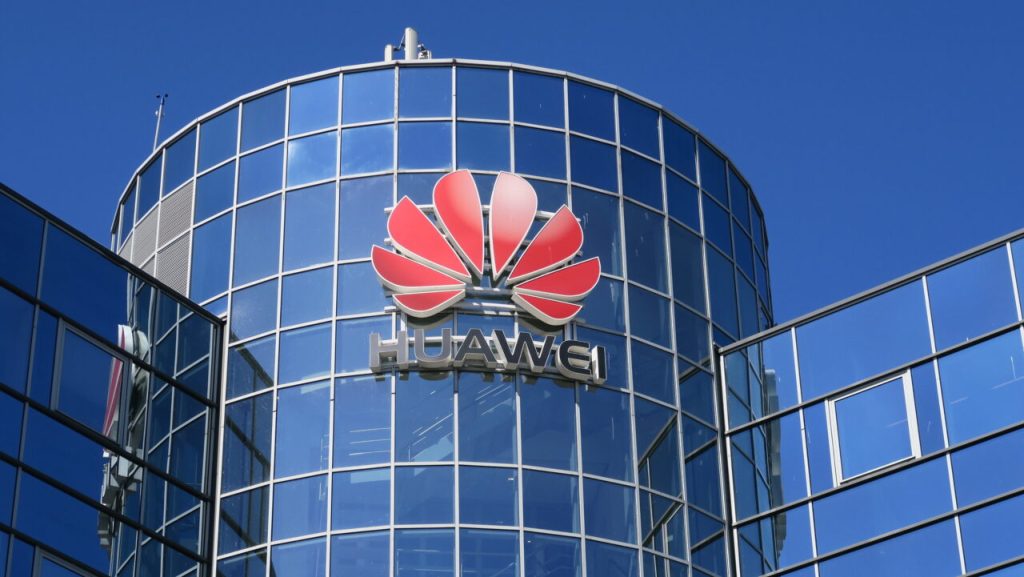In a strategic pivot against U.S. sanctions, Chinese tech giant Huawei announced that it is open-sourcing its powerful Pangu AI models. The move aims to build a self-reliant technology ecosystem in China by driving sales of its own Ascend AI chips.
This decision intensifies a fierce domestic price and performance war with rivals like Alibaba and Baidu. By making its core AI software freely available, Huawei is challenging the business models of global tech leaders and pushing for technological independence amid escalating geopolitical pressure.
Huawei’s strategy is to leverage free software to create a captive market for its proprietary hardware. As research director Mark Einstein of Counterpoint noted, “Huawei is not as strong as companies like DeepSeek and Baidu at the overall software level – but it doesn’t need to be, Its objective is to ultimately use open source products to drive hardware sales, which is a completely different model from others. It also collaborates with DeepSeek, Baidu and others and will continue to do so.”
This approach turns the AI model itself into a sales engine for the company’s Ascend AI accelerators, a move designed to secure long-term revenue streams independent of foreign software.
The company is open-sourcing models like the 72-billion-parameter Pangu Pro MoE, which it detailed in a May 28 technical paper. The model features an innovative Mixture of Grouped Experts (MoGE) architecture, specifically engineered for high efficiency on Huawei’s Ascend hardware.
This tight hardware-software co-design is Huawei’s core strategy to remain competitive. Founder Ren Zhengfei acknowledged the company’s chips are a generation behind U.S. tech but stated, “Our country will be more and more open, and this will promote our progress. China will break all restrictions to achieve great rejuvenation.”
This sentiment signals a focus on compensating for silicon limitations through software and architectural innovation, a necessary workaround in a sanctioned environment.
Huawei’s AI Hardware Strategy
The move is timed to capitalize on a hardware vacuum. On April 15, the U.S. government effectively banned exports of Nvidia’s H20 chip to China. The H20 was Nvidia’s main offering designed to comply with earlier export rules.
The ban had an immediate financial impact, forcing Nvidia to take a massive $5.5 billion charge against its revenue due to the now-unsellable H20 inventory and related purchase commitments.
This has led analysts to predict a major shift in the Chinese market. Paul Triolo of Albright Stonebridge Group observed that the U.S. curbs “will mean that Huawei’s Ascend 910C GPU will now become the hardware of choice for (Chinese) AI model developers and for deploying inference capacity.”
To meet this expected demand, Huawei is ramping up production at its new Shenzhen facilities, a build-out confirmed by recent satellite imagery.
Huawei’s gambit escalates what some call China’s AI ‘war of a hundred models’. It follows Baidu’s decision to open-source its Ernie model, a move founder of AI advisory Epic Loot described by saying, “Baidu just threw a Molotov into the AI world… This isn’t a competition; it’s a declaration of war on pricing.””
The open-source trend is widespread. Alibaba has also pursued an aggressive open-source strategy with its family of Qwen models, while smaller startups like MiniMax are challenging incumbents on both performance and licensing terms.
Huawei vs. Alibaba vs. DeepSeek
The competitive field is volatile. While Huawei and others advance, rival startup DeepSeek’s highly anticipated R2 model has been indefinitely stalled, a direct casualty of the U.S. chip war. This highlights the real-world impact of sanctions and the advantage of Huawei’s vertical integration.
Washington views this activity with deep suspicion. A U.S. House committee report branded DeepSeek a national security risk, with Chairman John Moolenaar stating, “DeepSeek isn’t just another AI app — it’s a weapon in the Chinese Communist Party’s arsenal, designed to spy on Americans, steal our technology, and subvert U.S. law.”
This sentiment drives the stringent export controls that have reshaped the global semiconductor market and underpins the broader U.S.-China tech rivalry.
Beyond espionage fears, the opacity of these models raises ethical questions. As USC professor Sean Ren warns, “Just because a model’s weights are public doesn’t mean we know what data it was trained on, whether consent was given, or if those data contributors were credited or compensated.”
This lack of transparency around training data creates a fundamental trust issue for potential international adoption, hindering Chinese firms’ global ambitions.
The conflict is forcing a global realignment. As China builds a state-backed, self-reliant ecosystem, the U.S. and its allies are fostering collaborative growth elsewhere.

